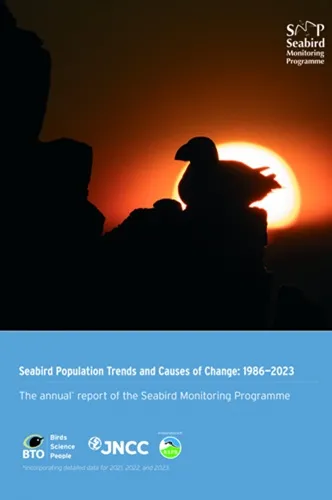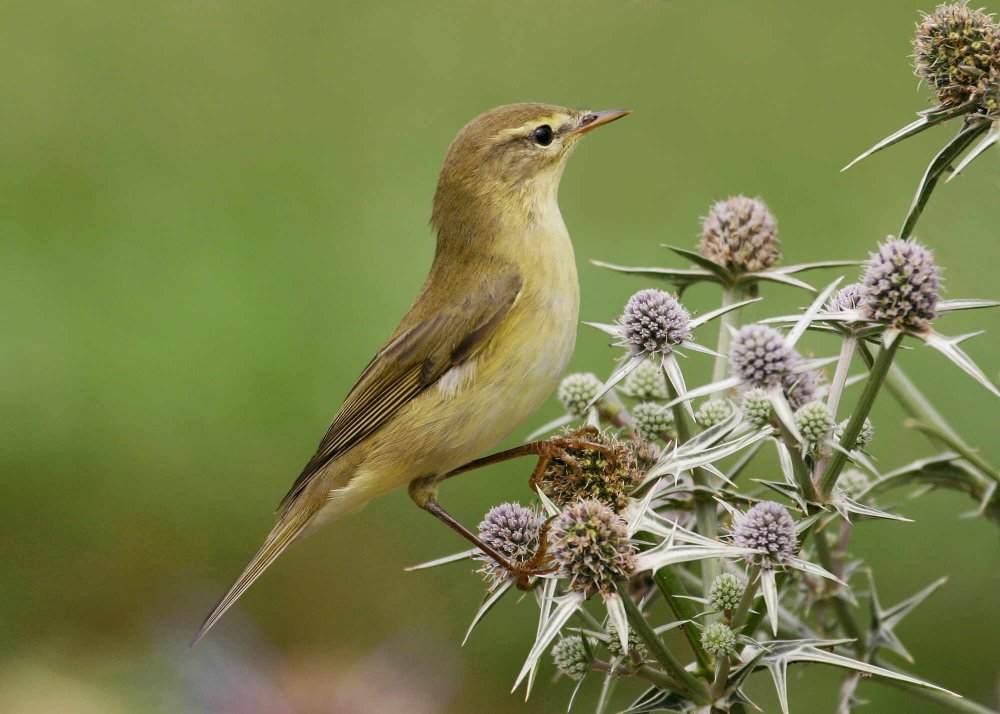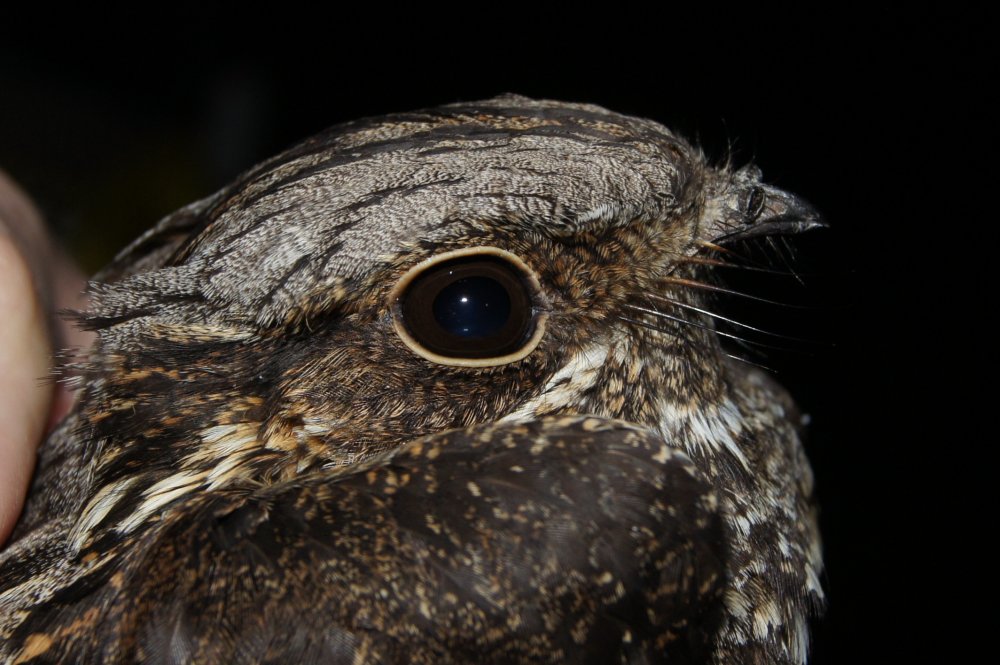BTO create and publish a variety of important articles, papers, journals and other publications, independently and with our partners, for organisations, government and the private sector. Some of our publications (books, guides and atlases) are also available to buy in our online shop.
Annual report of the Seabird Monitoring Programme
Seabird Population Trends and Causes of Change: 1986–2023
This report presents the latest seabird population trends in breeding abundance and productivity using data from the Seabird Monitoring Programme (SMP).
The report documents changes in the abundance and productivity of breeding seabird species in Britain and Ireland from 1986 to 2023, and provides a detailed account of the 2021, 2022 and 2023 breeding seasons.

Search settings
Consultation to the Birds Directive Article 3 Birds of Conservation Concern and Delivery Mechanisms
Author: Ian G. Henderson, David Noble, Rachel Taylor & Veronica Mendez
Published: 2015
01.01.15
Reports
A method of making robust and effective decoys for trapping waders using dead birds
Author: Clark, N.A. & Clark, J.A.
Published: 2015
01.01.15
Papers
Climate-driven changes in winter abundance of a migratory waterbird in relation to EU protected areas
Author: Pavon-Jordan, D., Fox, A.D., Clausen, P., Dagys, M., Deceuninck, B., Devos, K., Hearn, R.D., Holt, C.A., Hornman, M., Keller, V., Langendoen, T., Ławicki, Ł., Lorentsen, S.H., Luigujoe, L., Meissner, W., Musil, P., Nilsson, L., Paquet, J-Y., Stipniece, A., Stroud, D.A., Wahl, J., Zenatello, M. & Lehikoinen, A.
Published: 2015
Data from the Wetland Bird Survey have contributed to new research showing how Europe's winter population of Smew has redistributed north-eastwards due to milder winter conditions in the last 25 years. The study, involving scientists in 16 countries, also demonstrated that population growth has been twice as fast inside protected areas compared to outside.
01.01.15
Papers

Season-long consequences of shifts in timing of breeding for productivity in Willow Warblers, Phylloscopus trochilus
Author: Morrison, C.A., Robinson, R.A., Clark, J.A., Leech, D.I. & Gill, J.A.
Published: 2015
New research by the BTO and the University of East Anglia uses information from the Nest Record Scheme to investigate changes in Willow Warbler breeding between the 1960s and the present day. Despite advances in the timing of egg laying, there has been little change in Willow Warbler productivity over this period.
01.01.15
Papers Bird Study

Home-range size and habitat use of European Nightjars Caprimulgus europaeus nesting in a complex plantation-forest landscape
Author: Sharps, K., Henderson, I., Conway, G., Armour-Chelu, N. & Dolman, P.M.
Published: 2015
Nightjar populations have increased in recent years, but some declines have been noted at sites supporting nationally important breeding populations. BTO research is using tracking technology to better understand the habitat requirements of this cryptic yet charismatic species, so that habitat can be optimally managed to conserve them.
01.01.15
Papers
